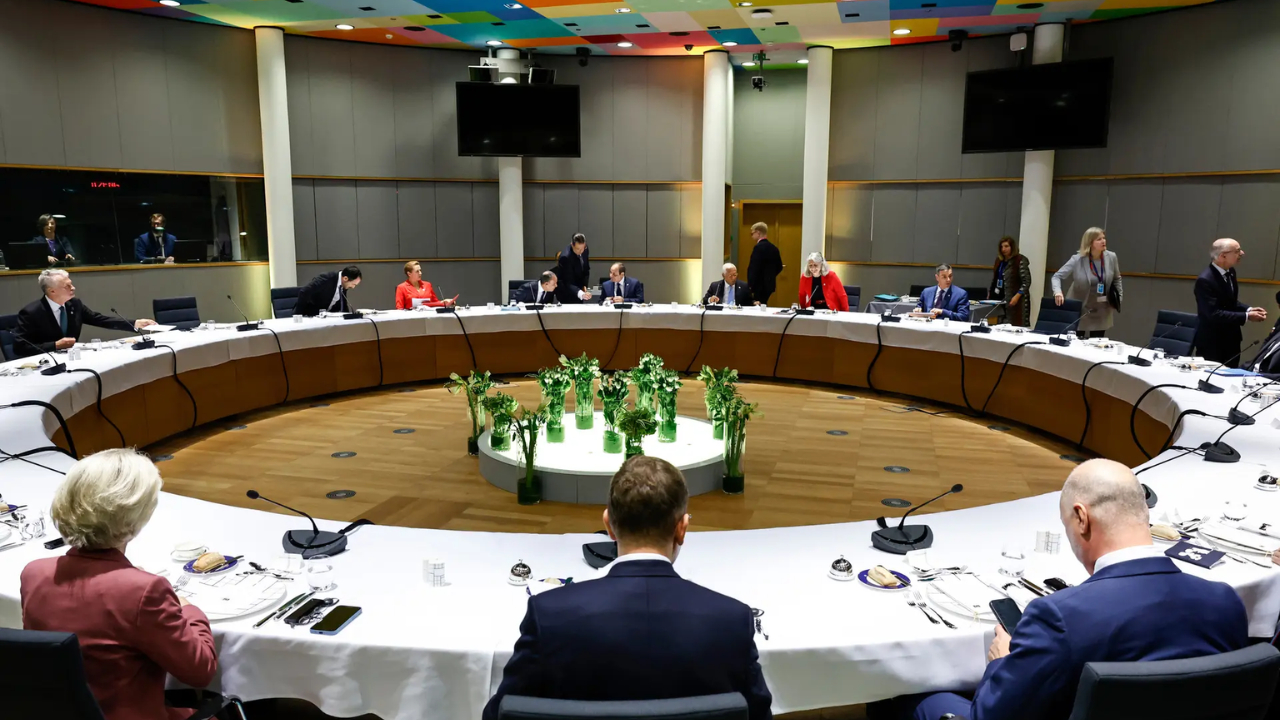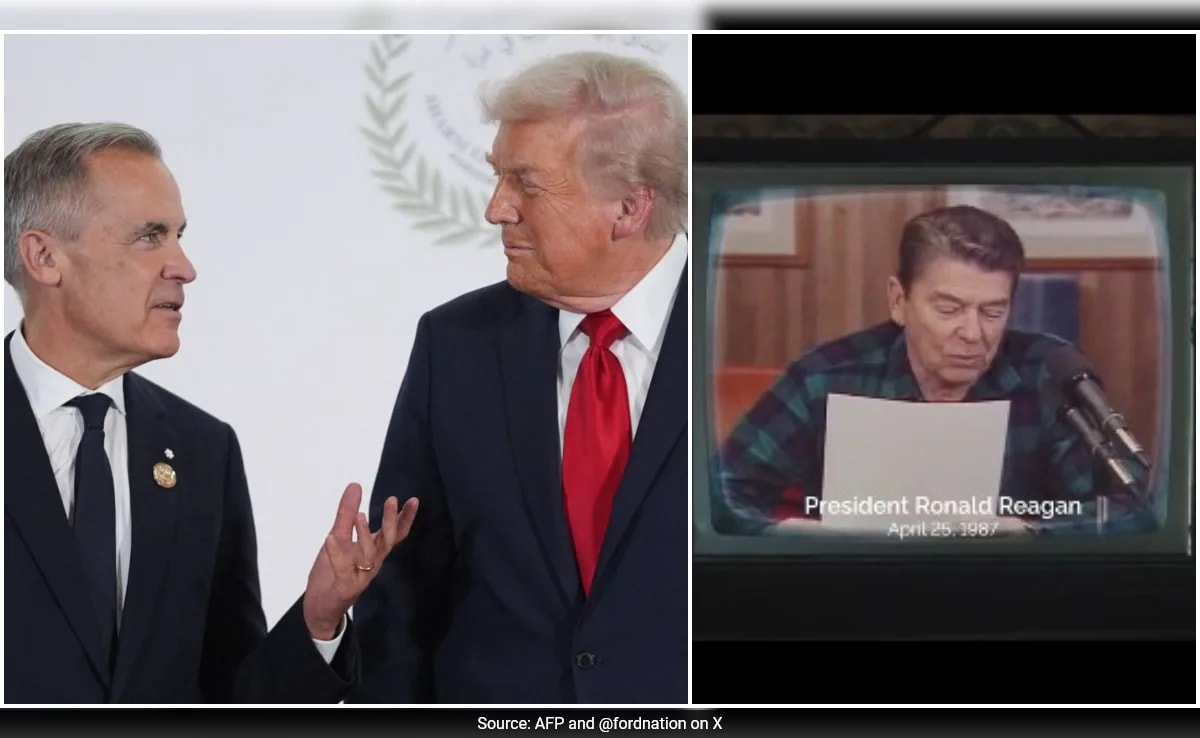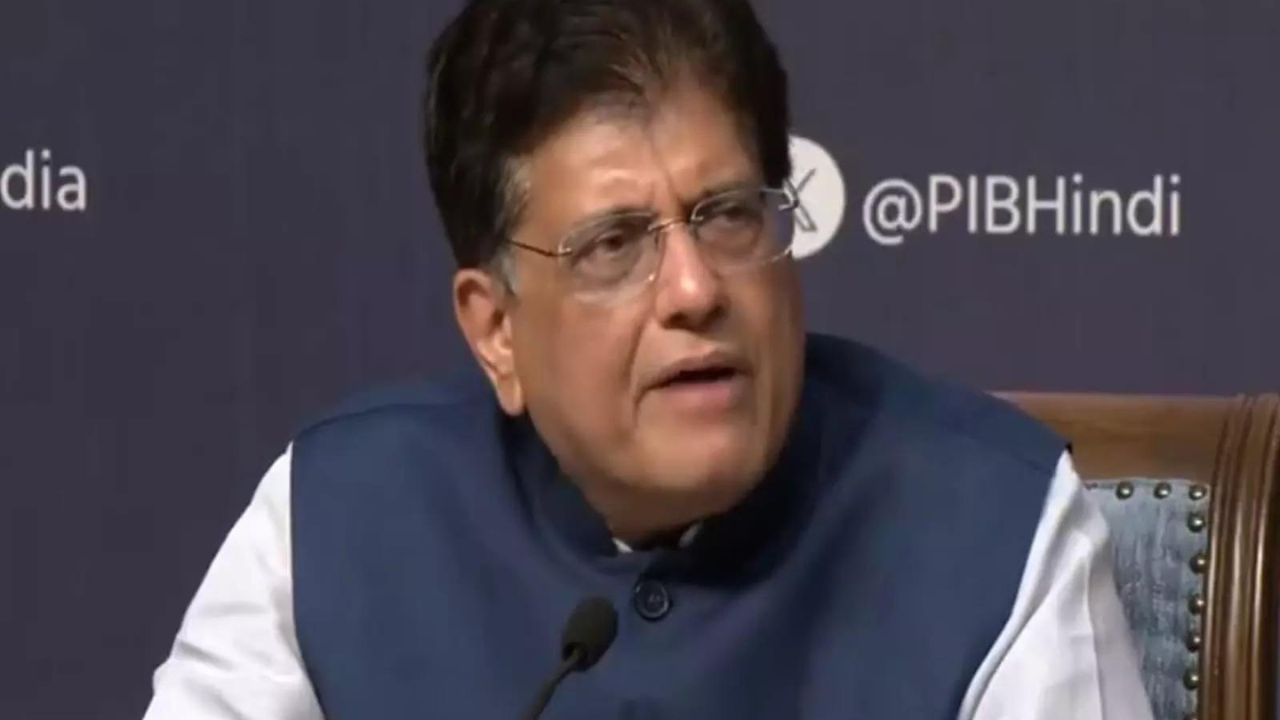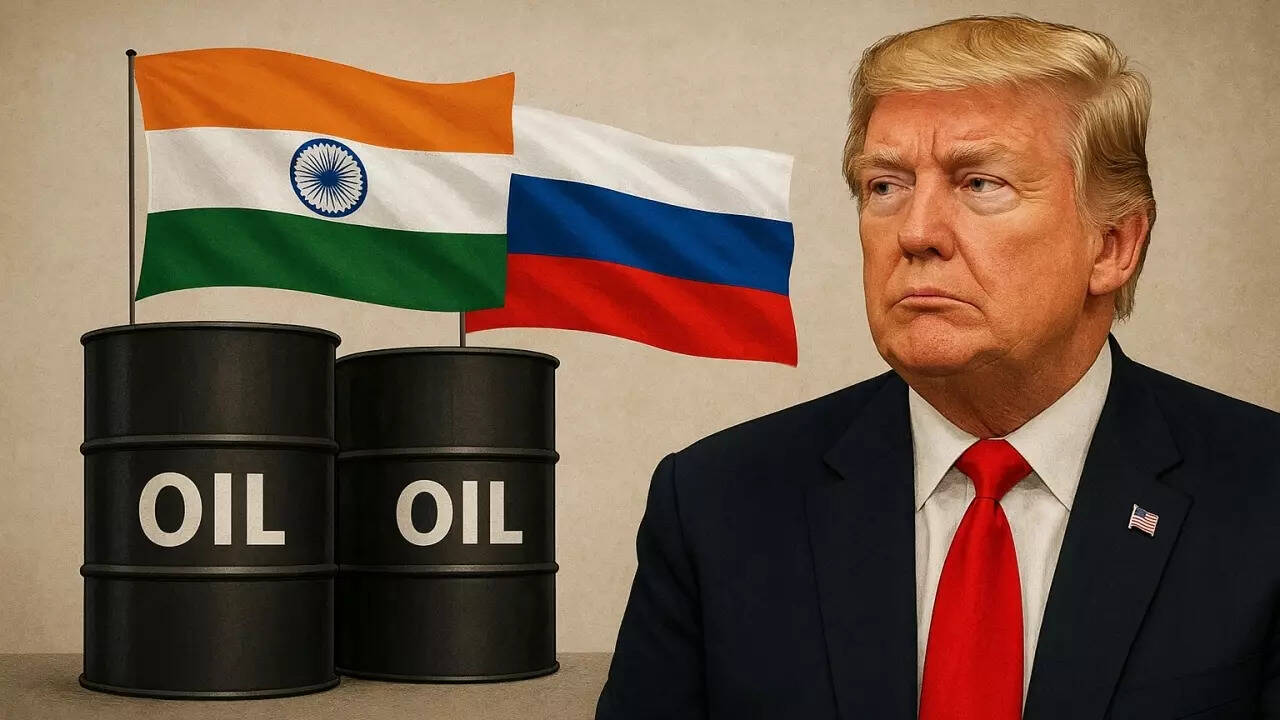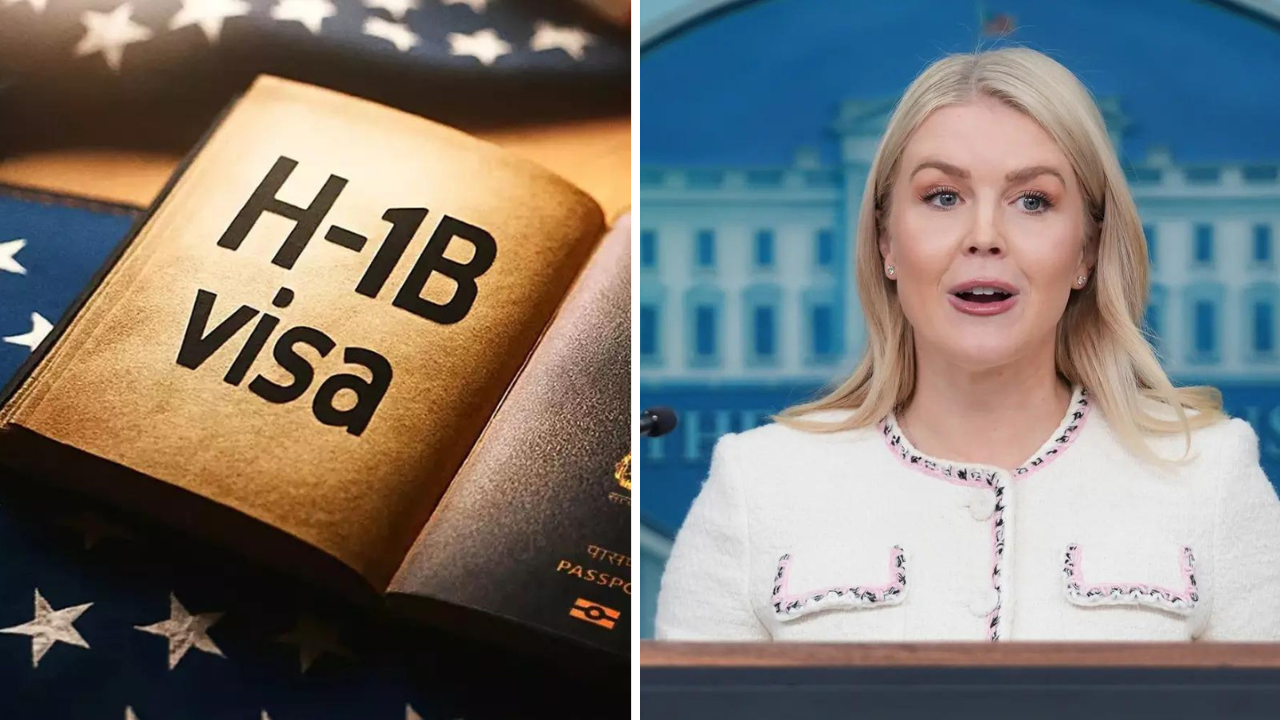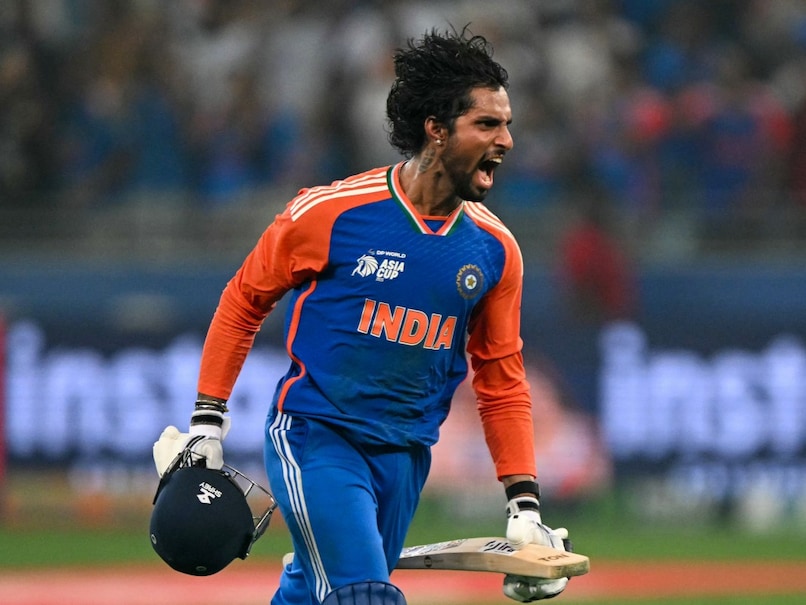Economic history: How the relationship between government and big business changed in India

Join our WhatsApp Community to receive travel deals, free stays, and special offers!
- Join Now -
Join our WhatsApp Community to receive travel deals, free stays, and special offers!
- Join Now -

Coming on top of each other, the four seismic developments of the second half of the 1980s completed the alienation of the upper-caste Hindus from the Congress and the Janata Dal. But what gave staying power to this shift was a simultaneous, and sudden, rise of insecurity in the intermediate bourgeoisie that industrialisation within a closed, autarchic economy had created in the previous half century.
This had begun almost surreptitiously with the removal of several restrictions on imports in 1978 and a relaxation of India’s industrial licensing laws in 1980 and 1981. But the pace of economic liberalisation had accelerated dramatically in 1985 after Rajiv Gandhi became the prime minister. In his first budget, presented in February 1985, the government abolished industrial licensing for about half of all industrial production. In the next few months, it also took a large number of controls on industrial modernisation off the rule book, reduced duties drastically on the import of capital goods, and eased the import of new technology.
This rapid shift away from the crippling controls of the previous three decades, and the consequent return of modern industry into the consumer goods sector, fulfilled the essential economic requirement for the development of the fascist impulse,...
Read more
What's Your Reaction?
 Like
0
Like
0
 Dislike
0
Dislike
0
 Love
0
Love
0
 Funny
0
Funny
0
 Angry
0
Angry
0
 Sad
0
Sad
0
 Wow
0
Wow
0








